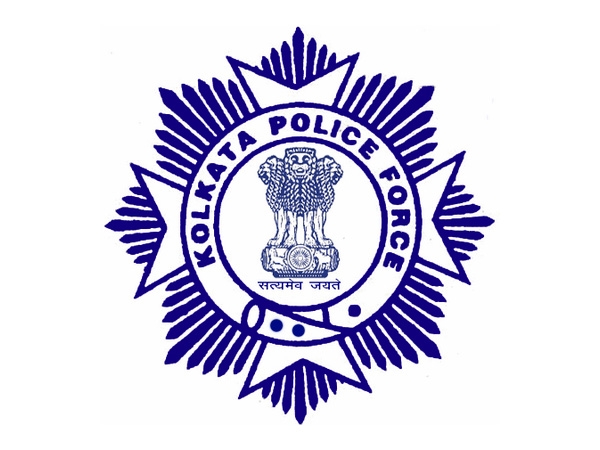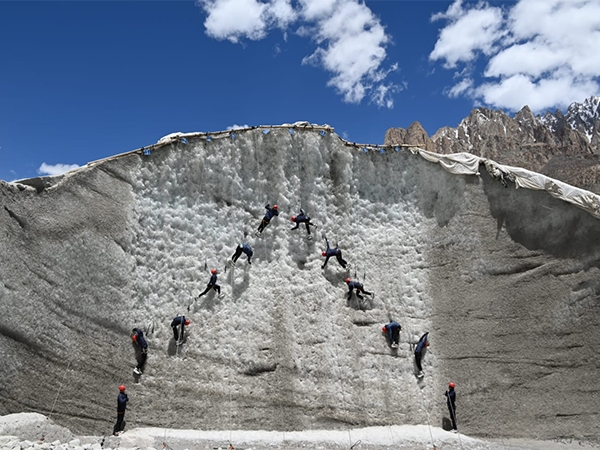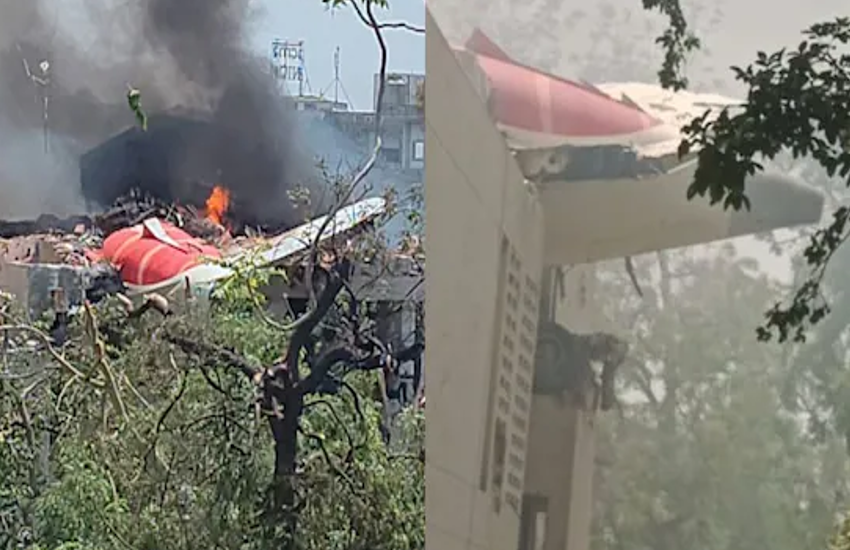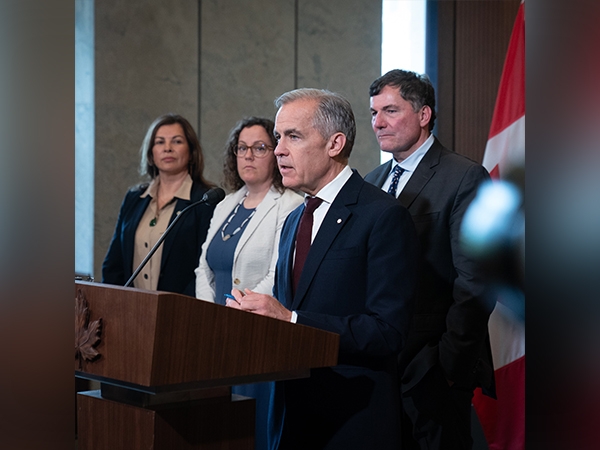Exclusive: India tipped off on 25 Dec about Pathankot. Even as Modi met Sharif

The warning
- An intel agency of a friendly country had warned India of a terror strike in Pathankot on Dec 25
- This was the day Prime Minister Narendra Modi dropped in to greet Pakistan prime minister Nawaz Sharif in Lahore
The attack
- It is possible that the terrorists had insider help
- The attack was clearly ISI\'s handiwork. United Jihad Council\'s claim isn\'t convincing
More in the story
- How was the attack carried out?
- How the govt failed in handling the attack
- What options does it now have?
India knew of an impending terror attack even when Prime Minister Narendra Modi was clasping the hand of his Pakistani counterpart Nawaz Sharif on 25 December.
What's more, India even knew that the target would be Pathankot.
According to sources close to the security establishment, an intelligence agency of a friendly country had warned India of a terror strike and it specifically mentioned Pathankot.
Also read - #PathankotAttack: The framework for talks has to change drastically: G Parthasarthy
It is unclear whether Modi specifically knew about the intelligence input as he went about his Lahore visit.
The more shocking part is that despite such a specific heads-up, the security agencies did nothing to prevent the attack. At least that is what it seems given their inept response.
How did the attack take place?
That the operation was well-planned is evident from the fact that while four of the terrorists crossed over the border at one go, two others were believed to be waiting for them in India. Apparently, the six terrorists entered the Indian Air Force Base at Pathankot through a drain.
While the complex was being guarded by men of the Defence Security Corps - a semi-police force comprising retired army personnel with police titles and ranks - the terrorists entered the complex by possibly removing a rusted iron grating of a drain flowing out of the air force base.
This means that they either had detailed maps of the Air Force Base or had done extensive reconnaissance before launching the attack.
An intelligence agency of a friendly country warned India of a terror strike in Pathankot, say sources
It is also quite possible, according to these sources, that they had insider help. Although they refused to link the Pathankot attack with the arrest of a Leading Aircraftsman from the Bathinda Air Force Base on 29 December. "He was far too junior. The terrorists may have received insider help from the Pathankot Air Force Base itself, but it is too early to conclude anything. Only a detailed inquiry would lead to definite conclusions about this," sources said.
That at least four terrorists were moving around with weapons and no one reported them or stopped them is commentary on the state of law and order in Punjab. According to these sources, people may have mistaken them for drug smugglers or lackeys of powerful Punjab politicians.
Worse than Kandahar
"The way Pathankot has been handled by the government is worse than how we dealt with flight IC-184 hijacking to Kandahar. At least the Kandahar hijacking had an element of surprise. Here we knew in advance what was going to happen and where it was going to happen but could not defend ourselves," the source lamented.
That six terrorists could keep the Indian Air Force, the Defence Security Corps personnel and the National Security Guard (NSG) commandos at bay for more than 60 hours and lay booby traps inside the Air Force Base shows the extent of their preparedness and military training.
Also read - #PathankotAttack: Modi has 3 choices. He needs to pick one and stick to it
According to knowledgeable sources, a terrorist strike of the kind takes at least a few weeks to plan even if suicide attackers are readily available. This would mean that the terrorist strike was being given the final touches for operationalisation even as PM Modi's 'spontaneous visit' to wish his Pakistan counterpart on his birthday was being planned. One might recall that the Kargil incursions were also planned at the same time as Indian Prime Minister Atal Bihari Vajpayee's visit to Lahore by bus.
The ISI's imprint
None of these sources were willing to buy the argument that the terrorists involved were non-state actors. They claimed that Jaish-e-Mohammed (JeM), widely suspected to be behind the attack, had been revived by the ISI (Inter-Services Intelligence of the Pakistan military).
"Organisationally the JeM was virtually dead till the ISI resuscitated it. Their major attack in India was to be at Meerut just before the 2014 General Election. However, that plan was successfully thwarted by India," sources claimed.
That armed terrorists moved around without being stopped shows the state of law and order in Punjab
"It is quite possible that while General Raheel Sharif supports Nawaz Sharif's peace efforts. But that does not mean that everyone in the ISI also does. There may be people there who are still loyal to their former chiefs like Lt. General Zaheer-ul-Islam, Lt. General Shuja Pasha or even General Ashfaq Parvez Kayani. They may still want to show Prime Minister Sharif his place. The Pathankot attack is definitely an ISI operation - perhaps by some rogue elements but the hand of the ISI beyond doubt. JeM was just an instrument for their purpose," they pointed out.
No one is willing to buy the claim of the United Jihad Council that it was responsible for the Pathankot attack. "That is only to try and draw attention to Kashmir," they claimed.
What options does the Modi government have?
Having invested so much political capital in the India-Pakistan peace process, if Modi were to give up on it after the first jolt from terrorists, it would be disastrous for his public image. This would be particularly damaging, considering that a terrorist strike was widely expected after attempts at normalising ties began
"Knowing Prime Minister Modi, he will continue with the talks with some minor modifications. After all the Foreign Secretary level talks scheduled for 15 January are only official level talks. And they are essentially talks about holding talks. So they don't mean much in any case," sources claimed.
Modi may also put certain pre-conditions before the talks by asking Pakistan to take action against the Jaish-e-Mohammed. "That should not be very difficult for Pakistan. They will probably opt for some arrests. They will leave the key operatives of Jaish free and arrest the usual suspects who do not matter much in the organisation," they speculated.
The operation was being given its final touches when the Modi-Sharif meet in Lahore was being planned
This would have the advantage of giving India and Pakistan both a face-saver. Modi will insist that Pakistan create a conducive atmosphere for talks and Pakistan will oblige by arresting insignificant cadres of the JeM. This would leave the terrorist strike capability as well as the ISI strategy intact.
It is highly unlikely, sources believe, that Modi will cut his losses and claim that he was giving up on peace talks because Pakistan is incorrigible and incapable of changing its behaviour towards India.
"Modi showed goodwill by visiting Lahore without taking into account the ill-will of certain sections of the Pakistan establishment towards India", they said.
More in Catch - #PathankotAttack: 5 terrorists killed, 7 jawans martyred, still an ongoing operation
Meet the Afghan governor who has taken up arms to protect the Indian consulate in Mazar-i-Sharif
Pathankot Attack: Thumbs-up for Modi. There's no 'scrap the talks' chorus now
First published: 4 January 2016, 11:00 IST
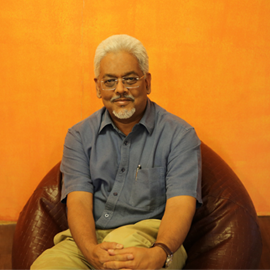




![BJP's Kapil Mishra recreates Shankar Mahadevan’s ‘Breathless’ song to highlight Delhi pollution [WATCH] BJP's Kapil Mishra recreates Shankar Mahadevan’s ‘Breathless’ song to highlight Delhi pollution [WATCH]](https://images.catchnews.com/upload/2022/11/03/kapil-mishra_240884_300x172.png)

![Anupam Kher shares pictures of his toned body on 67th birthday [MUST SEE] Anupam Kher shares pictures of his toned body on 67th birthday [MUST SEE]](https://images.catchnews.com/upload/2022/03/07/Anupam_kher_231145_300x172.jpg)


